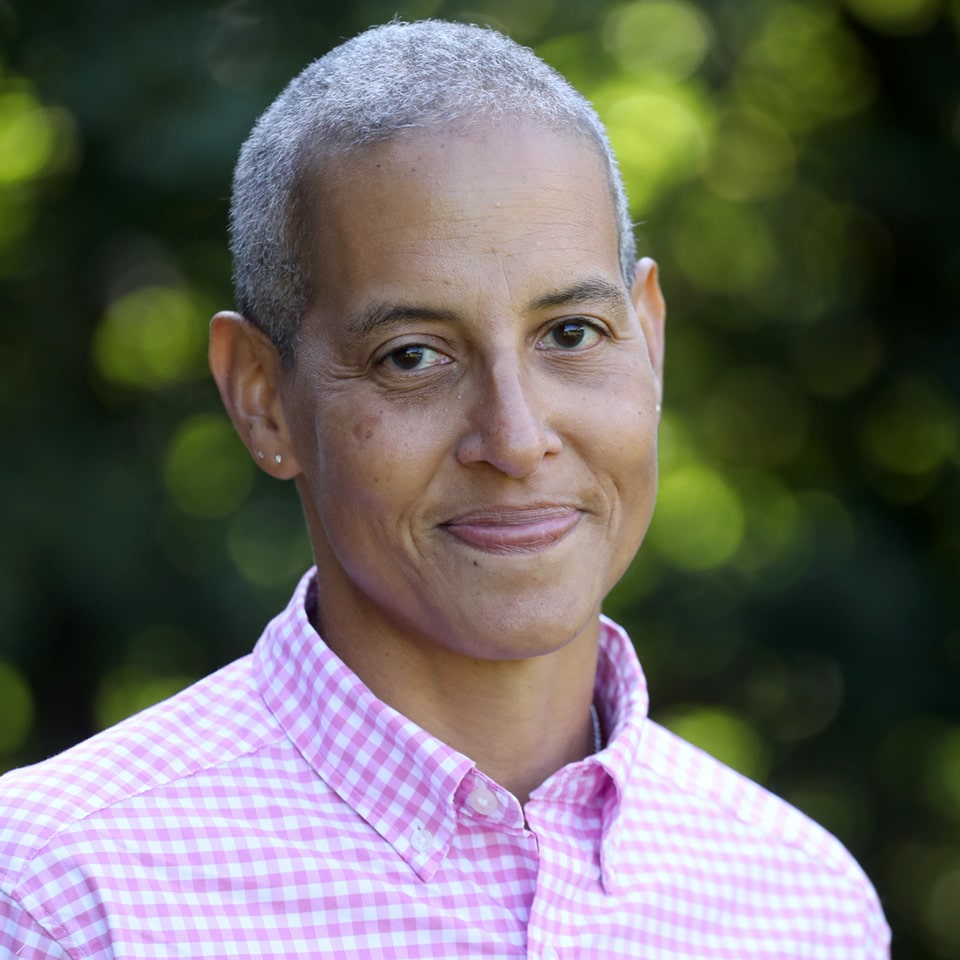Working closely with our head of school, Brendan Largay, as I do, I have the joy of sharing in his love of language. As many Scoop readers will know, Brendan revels in teaching Shakespeare to our seventh graders, and it is truly a delight to witness the mirth he derives from introducing his students to his favorite bard. What you might not know yet is that next year he will introduce Shakespeare’s famous sonnets.
All I can say is get ready, sixth graders, you’re in for a treat next year! As a former theater major and a whiz at memorization, Mr. Largay can quote his favorite sonnets, and his love for poetry is boundless and infectious.
I am breaking this poetic curricular news today for a reason: April is National Poetry Month! In celebration, I wondered where else poetry is being practiced, memorized, celebrated, and written throughout Belmont Day? Well, I didn’t have to look far to see how our students are embracing language, trying out new writing styles, and taking chances with words.
In eighth grade, students studied the poetry of the Harlem Renaissance this winter. They practiced poetry analysis skills by presenting on a song of their choice, and they considered how the musicality of poetry contributed to the emotional depth of Harlem Renaissance poems. Throughout the unit, they studied such artists as Langston Hughes, Claude McKay, Zora Neale Hurston, Georgia Douglas Johnson, and many others. The unit ended with the students crafting and performing slam poems, utilizing the “golden shovel” format to base their poem on a famous poem of the Harlem Renaissance. The slam was such a success that a new middle school club was formed to build on the students’ interest and energy.
The first graders just finished a poetry unit, culminating in a poetry showcase where they shared their poetry books and animation with family, friends, and teachers. They learned about different types of poems: cinquain, acrostic, I am, rhyming, limerick, and shape. For the showcase, they brainstormed their topics, planned their poems, wrote and revised their work, creating final copies of their poems to be assembled into illustrated poetry books. They even worked with technology and turned one of their poems into an animation using ScratchJr and iPads.
Fourth graders start each day with a poem and have several options to add poetry to various projects and presentations they’re working on. Seventh grade students are taking chances during Writing Wednesdays by writing “Where I’m From” poems and poems from the point of view of an inanimate object. And our second graders will launch into a haiku unit this month.
Throughout the school year, teachers open the day with poetry, formally or informally inviting students to hear words and reflect on how they make them feel. Poetry is a way into the heart and the mind; the best ones stay with you forever because they made you feel something and made you think.
Poetry helps us appreciate the world around us. It fosters creativity and empathy and creates connections, here at BDS and beyond.

